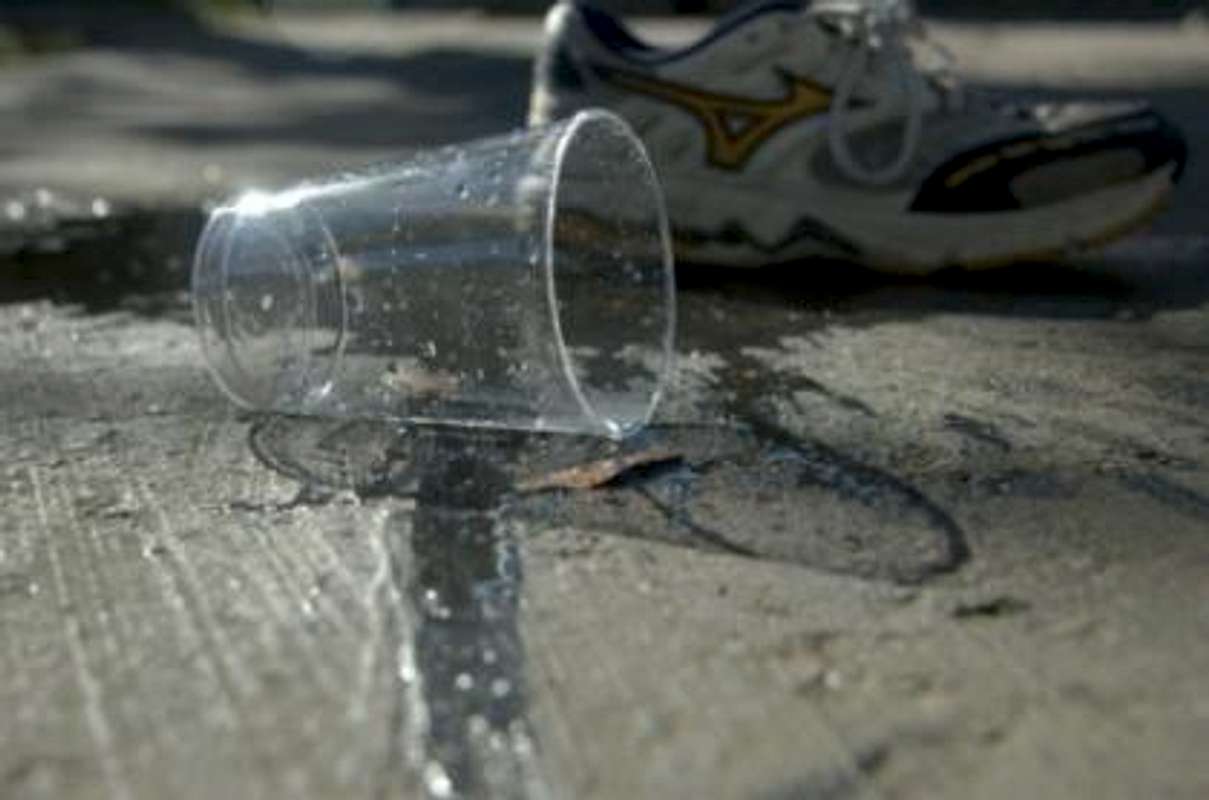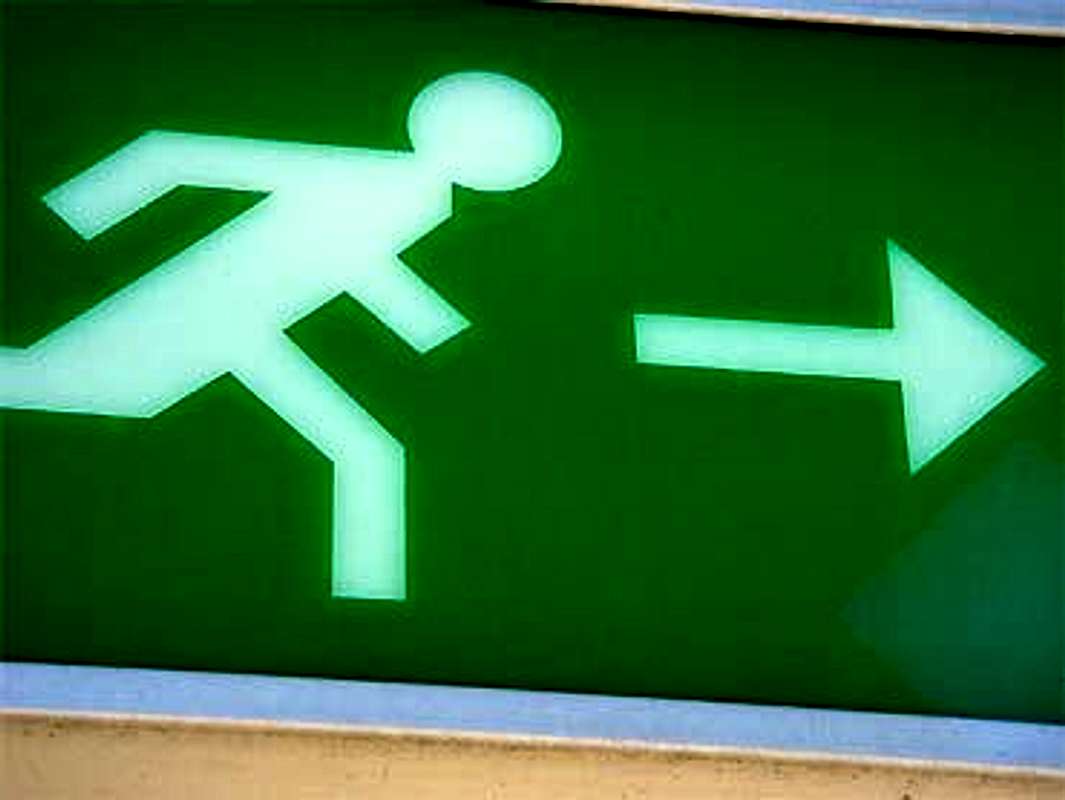Water, How Much is Enough?
Disclaimer: I am not a medical professional. I have heard about people that died of dehydration. In my research on MbPost I found no information on the Risks of Dehydration. If this article can save one life then I would feel that I was successful. The information contained here was gleaned from the internet as well as my own experience in first aid training. Please do not vote for photos that are not credited. Please feel free to make suggestions.
It is said that “Humans can live forty days without food, about three days without water and about eight minutes without oxygen.”
Without water life ceases very rapidly. Water is critical in aiding all functions of the body.
As the basis for sustaining life the balance of fluid level must be maintained. About 10 cups of water are lost each day by sweating, restroom routines and through the respiratory system. Those are just normal things that all of us do …. day in and day out.
Those of us who engage in strenuous outdoor activities are at an increased risk of dehydration and the numerous complications associated with this medical condition. Athletes involved in strenuous activities require 4 to 6 liters of water to maintain a healthy balance.
What Is Dehydration?
Dehydration can be defined as
"the excessive loss of water from the body." Fluid loss may even be severe enough to become life-threatening.
Dehydration occurs when you lose more fluid than you take in and your body doesn't have enough water and other fluids to carry out its normal functions. If lost fluid is not replaced, you may suffer serious consequences.
The human body requires a minimum of four 8 ounce glasses (one liter or one quart) per day. Most active people need two to three times this amount. If we take in less or lose more fluid than is needed, the end result is dehydration.
The medical conditions that result from dehydration include: heat exhaustion and heat stroke.
Heat exhaustion is marked by excessive sweating and
heat stroke is noted by the inability to sweat and hot dry skin.
Heat exhaustion is less dangerous than heat stroke. It typically occurs when people exercise heavily or work in a warm, humid place where body fluids are lost through heavy sweating. Fluid loss causes blood flow to decrease in the vital organs, resulting in a form of shock. With heat exhaustion, sweat does not evaporate as it should, possibly because of high humidity or too many layers of clothing. As a result, the body is not cooled properly.
Heat stroke, also known as sunstroke, is life-threatening. The victim's temperature control system, which produces sweating to cool the body, stops working. The body temperature can rise so high that brain damage and death may result if the body is not cooled quickly.
What are the Symptoms of Dehydration?
Mild to moderate dehydration is likely to cause:
Dry, sticky mouth, sleepiness or tiredness, thirst, decreased urine output, muscle weakness, headache, dizziness or lightheadedness,
Severe dehydration, a medical emergency, can cause:
Extreme thirst, irritability and confusion, very dry mouth, hot dry skin and mucous membranes, lack of sweating, little or no urination (usually dark yellow or amber in color), sunken eyes, shriveled and dry skin that lacks elasticity, low blood pressure, rapid heartbeat, fever and delirium or unconsciousness.
Dramatic weight loss is a reliable indicator of dehydration. If the amount of weight loss is equal or greater than 10% of the total body weight dehydration is considered to be severe.
Treatment for Dehydration
The best way to treat dehydration is to prevent it from occurring. Mild to moderate dehydration can be reduced simply by increasing the intake of fluids. During hot humid weather and with certain illnesses proper hydration is essential. Consider using a sports drink and diluting it to 2 parts water to one part sports drink. This will help maintain the proper levels of electrolytes in the body.
The
goal in treatment for mild to moderate dehydration is to get fluids back in place over a period of time as well as cool the body using cool cloths and compresses. By hydrating the body and cooling it from the outside the effects of dehydration can be addressed.
Get the person to a cooler place and have him or her rest in a comfortable position. If the person is fully awake and alert, give a half glass of cool water every 15 minutes. Do not let him or her drink too quickly. Do not give liquids with alcohol or caffeine in them, as they can make conditions worse. Remove or loosen tight clothing and apply cool, wet cloths such as towels or wet sheets. Call 9-1-1 or the local emergency number if the person refuses water, vomits or loses consciousness.
For
severe cases of dehydration with people who have slurred speech, confusion, severe weakness, or loss of consciousness medical treatment must be immediately sought.
Heat stroke is a life-threatening situation! Help is needed fast. Contact the local emergency care provider as soon as possible. What needs to be done is to rapidly cool the victim. The person will also do better in a cool shaded area and will also need to be cooled rapidly by placing cool wet cloths on the arms, wrists, neck and legs to cool the large blood vessels. Be alert for breathing problems and check that the person’s airway is clear. Do not give food or fluids to them.
Who Should Be Concerned?
Endurance athletes, such as bikers and climbers, who compete, train or recreate in high altitudes or hot humid weather are susceptible to dehydration.
The body becomes dehydrated more rapidly due to increased breathing and increased unrination. During the activity take frequent sips of water and occasional drinks of fluids with electrolytes. A guideline here is 24 to 32 ounces of fluids per hour during the activity. Hydrating prior to the activity will help get a head start on the body's needs and replacing vital electrolytes after the activity will help replenish the body’s fuel cells.
Okay So How Much Water is Too Much?
![Enough water-supply]() Be prepared and be smart when hydrating, Xim photo.
Be prepared and be smart when hydrating, Xim photo.
Just as it is dangerous to under hydrate it is also dangerous to over hydrate. Too much water in too short of time leads to a condition called
Water Intoxication (Please read this article for more information). This is a life threatening condition that can lead to death in a very short time.
Final Words
Balance is the key to many things in life. Whether you are riding a mountain bike or climbing a steep mountain wall balance must be maintained. Balance of fluids is crucial to a healthy lifestyle. Not having enough water can be just as fatal as having too much.
Sip sparingly throughout the day and keep balance.







Comments
Post a Comment